On this day, we in the United States of America celebrate an occasion in the past in which some of the people who lived here agreed to tell a person who lived across an ocean that they were no longer in control. On this 185th day of the year that we all agree is 2023, it is perhaps worth pondering who holds control in your life, and the degree to which you can make decisions to affect your future. Charlottesville Community Engagement seeks to provide as much context as possible. You control what you do with it.
On today’s holiday edition:
Charlottesville’s bike and pedestrian wants developers to build new infrastructure rather than opt out by paying into a fund
A project to build a roundabout at District Avenue and Hydraulic Road is funded through Smart Scale
A panel of the University of Virginia Board of Visitors approves a brick-and-wood design for the Karsh Institute of Democracy
One of the area’s wealthiest individuals is one of four new appointments to the UVA Board of Visitors
The Charlottesville Planning Commission agrees to allow modification of step backs for nine-story building slated for West Market Street
First shout-out: Piedmont Master Gardeners
In today’s first subscriber-supported public service administration: Have you grown something, made something, brewed something, or otherwise created something that’s worthy of a contest? The Piedmont Master Gardeners want you to consider showing off at the upcoming Albemarle County Fair! They’re calling on home gardeners, brewers, bakers, beekeepers, artists, crafters and viticulturalists to submit an entry. Take a look at the rules!
The Fair is to be held July 27 through July 29 at James Monroe’s Highland and entries will be accepted on Wednesday, July 26. Ribbon winners will be selected the next day, and entries will be displayed through 8 p.m. Saturday, July 29.
The Fair will showcase the best of horticulture and homegrown vegetables and fruits from the Albemarle-Charlottesville area and highlight local skills in baking, food preservation, fine arts, photography and much more. The Master Gardeners will set up educational exhibits and children’s activities and will be available during the Fair to answer gardening questions at a mobile Help Desk.
Introduction to this holiday edition
Today’s edition follows the theme of yesterday’s program, and perhaps continues to establish a pattern where much of my activity this summer will be a lot of research into meetings that have already happened. This newsletter and podcast exists to try to keep a non-governmental account of what our governments are doing.
For much of this spring and early summer, I’ve not been able to pay full attention to what is going on in terms of details. I’m able to write a lot about what’s going to happen in the form of the Week Ahead newsletters.
However, I can’t cover everything I want to. Yesterday’s edition was a summary of the May 23, 2023 work session between City Council and the Planning Commission on potential changes to the draft zoning map for Charlottesville.
Today’s edition is an account of the June 13, 2023 Planning Commission meeting. A lot was expected to happen, as I reported in a Week Ahead from around that time.
I’ve already written up one story from this meeting. A report from Commissioner Hosea Mitchell led me to write an entire article about the University of Virginia’s next master plan. I highly recommend taking a look at that if you want to understand more of the bigger picture. (read the article)
Now, on to whatever comes out of today’s research
City bike pedestrian panel concerned about payment-in-lieu option for streetscapes
The closing date has passed for comments for the third module of Charlottesville’s draft zoning ordinance, but there has been plenty of discussion from members of the public as well as the city’s various committees. One of those uttered at the June 13 meeting was from the Bike and Pedestrian Committee. Planning Commissioner Carl Schwarz is a member.
Module 3 covers subdivision and development plan standards which includes what a developer has to build to satisfy requirements for public streets. Depending on the kind of street, there must be a right of way set aside for both travel ways and green space.
“It looks like there is an option if a parcel does not have sidewalks on either side of it they can pay into a fund rather than be forced to put in a streetscape,” Schwarz said.
The current draft states that “the project developer may choose to contribute to a streetscape fund, maintained and administered by the City, an amount equivalent to the cost of the dedication of land for and the construction of the streetscape on the property.”
Schwarz said the committee wants the developer to get permission to get out of the streetscape requirement from the zoning administrator. He said the committee also wants to make sure the city retains use of the easement rather than have to purchase them later.
As it’s a holiday there’s no one to ask today. But in 2012, I wrote an article for Charlottesville Tomorrow that stated the city did not have the legal authority to require payment for a sidewalk. I’ll have to get an update. (read that story)
District Avenue / Hydraulic roundabout receives Smart Scale funding
An update from Commissioner Rory Stolzenberg prompted me to finally confirm what transportation projects will be moving forward in the area thanks to Smart Scale.
In late June, the Commonwealth Transportation Board voted to approve the latest Six Year Improvement Program. That includes funding for several projects to be paid for through the fifth round of the Smart Scale program.
In January, the Virginia Department of Transportation released the preliminary scores for candidate projects. Since then, the projects were tweaked and reexamined and one project is now moving forward after initially not making the cut.
“District Avenue and Hydraulic, the roundabout by the movie theater,” Stolzenberg said. “The latest is that it may be moved into funded in this Smart Scale round.”
That $20 million project was included in a May 2023 update that raised it above another $20 million project to improve the intersection of Peter Jefferson Place and U.S. 250 on Pantops.
The District Avenue project is within close proximity to a project funded in Round 4 that will see various changes to Hydraulic Road including a roundabout at Hillsdale Drive.
“This project is a 2-1 hybrid roundabout at the intersection with Hydraulic Rd/Cedar Hill Rd, with full access on to Cedar Hill Road,” reads the description of the project included in the application. “It also provides crosswalks on all four legs of the intersection HAWK signals on both Hydraulic Road Crosswalks.”
That stands for “High-Intensity Activated crossWalK beacon” for those interested in learning the jargon.
Other projects approved:
Avon Street Multimodal Improvements funded at $15,807,317 (MPO) (view application)
Belvedere Boulevard and Rio Road Intersection Improvements funded $4,890,328 (Albemarle County) (view application)
UVA Board of Visitors panel endorses design for Karsh Institute
At the June 13, 2023 meeting of the Charlottesville Planning Commission, we learn from Bill Palmer of the University of Virginia’s Office of the Architect that one project in the Emmet-Ivy Corridor is moving forward.
“The Karsh Institute of Democracy building design was approved so you can go on to the website to see what that looks like,” Palmer said.
Or you can continue reading this story as we head back now to the June 2 meeting of the Buildings and Grounds Committee. Alice Raucher is the Architect of the University of Virginia and sets the context.
“The site until most recently was a low-density commercial area with more curb cuts than sidewalks,” Raucher said. “It’s bordered by the railroad tracks to the north with the athletic fields beyond that, commercial property to the west, and our international residential colleges and the houses of the Lewis Mountain neighborhood to the south.”
The Karsh Institute is one of three buildings currently identified in the Emmet-Ivy Corridor with the Virginia Guesthouse and the School of Data Science being the others. There will be an ampitheater in front of the School of Data Science whose steps will lead to a pond.
The Buildings and Grounds Committee had previously seen the design for the Karsh Institute of Democracy in December. In setting up the conversation, Raucher repeated that its construction provides an opportunity to echo the past.
“There’s a wonderful parallel with the fact that the Rotunda was completed in 1826 and the Karsh Institute will be completed in 2026,” Raucher said. “Clearly we want a design that speaks to Democratic ideals and promotes health debate and discourse far into the future.”
Raucher explained how the design would fit into architecture associated with Jefferson including the eclectic design of the buildings on the Lawn.
“We also considered how one reads the Lawn with a layer of brick behind a screen of warm, white columns in the foreground,” Raucher said. “We also considered that the language of the architecture for the Lawn is not consistent but there’s an evolution of Jefferson’s designs with Pavilions IX and X from Pavilions I and II for instance.”
In December, several members of the committee pushed back on the lack of brick in the design at time. Raucher said the architectural team Höweler+Yoon took those comments to heart and made some changes.
“As one reads the Rotunda as a brick drum behind a facade of white columns and under a white drum dome, we’re proposing that the drum of the auditorium of the Karsh Institute as red, a red warm figure behind a screen of the white column facade,” Raucher said.
Rather than brick, the building would be clad in wood panels stained to match the red brick of the Rotunda. However, there would be white brick in the base rather than limestone as depicted in the December design.
“We feel that that the use of brick grounds the building to the site and the pattern adds texture, warmth, and a bit of human scale,” Raucher said.
The changes had the support of the committee’s chair.
“The introduction of brick in this area I think really makes the building very warm,” said Robert Hardie.
The changes did not gain the support of committee member Bert Ellis.
“I think it’s a beautiful building but it has no relationship whatsoever to the architecture of the University,” Ellis said. “If you planted this building somewhere else, no one would know it was the University of Virginia.”
Another member said the building would be divergent from Jefferson’s design and that there would need to be a written explanation of what the design means.
Board Member Thomas A. DePasquale said he appreciated the changes that had been made.
“There seems to be no shortage of buildings that have gone up with red brick,” DePasquale said. “As you look at the Rotunda-like features in the distance, I think you’ve done a tremendous job here and you have 100 percent of my support behind it.”
The Committee approved the design with Ellis the lone vote against.
The Committee also approved the schematic design for the new energy plant to be built to support expansion of the Fontaine Research Park. The plant will use geothermal energy.
“This will be our first zero-combustion fossil-fuel free energy plant on Grounds,” Raucher said.
The Karsh Institute of Democracy will be right across the street from 2117 Ivy Road, the only privately held property in that section of Charlottesville. The develop is seeking a rezoning to planned unit development. More on that in a future edition of the program.
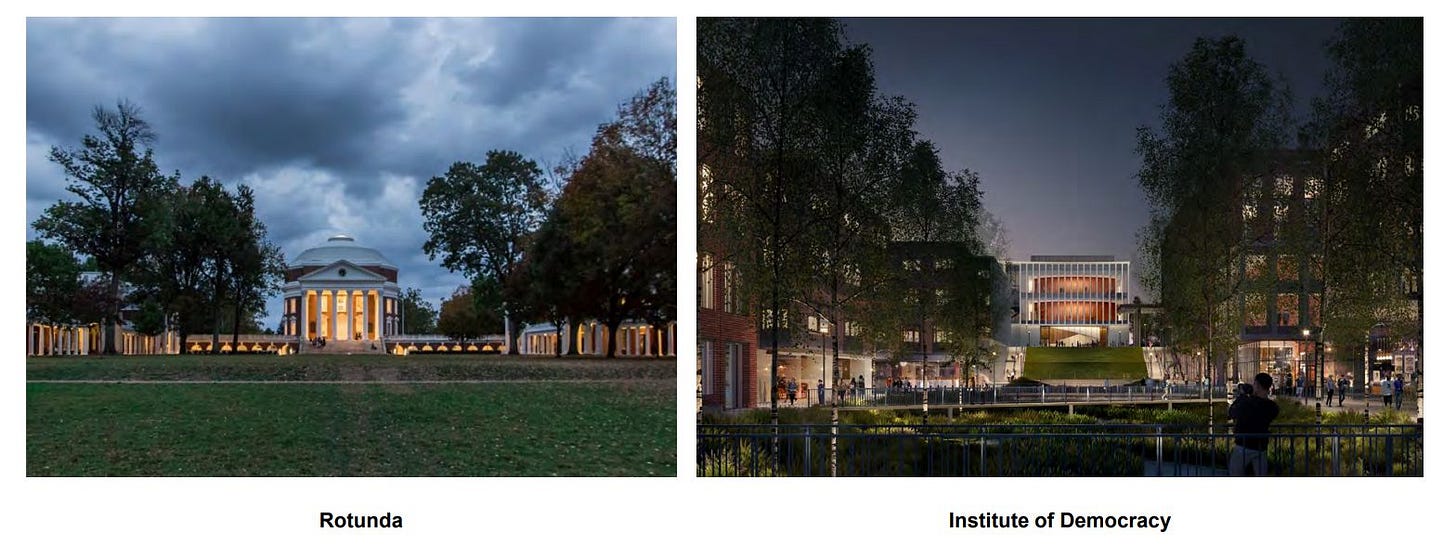
Manning among four new appointed to UVA Board of Visitors
Governor Glenn Youngkin has made his second set of appointments to the public body that makes decisions for the University of Virginia. They include two people with local connections.
Let’s start with Paul Manning, the chairman and CEO of the PBM Capital Group. Earlier this year, Manning and his wife announced the donation of $100 million to UVA for the biotechnology institute that will be named after him.
There’s also Paul C. Harris of Richmond who is the executive vice president and chief sustainability and compliance officer for Huntington Ingalls Industries. Harris served two terms in House of Delegates from 1998 to 2002 in the seat currently held by Delegate Rob Bell.
There’s also John L. Nau, III of Houston, Texas. He’s the Chairman and CEO of Silver Eagle Beverages. In June it was announced Nau would donate $15 million to the Karsh Institute of Democracy.
The final new member of the Board of Visitors is Rachel Sheridan of McLean. She’s a partner in the firm Kirkland & Ellis.
For more information on the new appointments, visit UVA Today.

Second shout-out: Plant Northern Piedmont Natives
Since the beginning of this newsletter, one Patreon supporter has dedicated their shout-out to an organization that seeks to draw awareness of the importance of native species to the ecosystem. As we continue through this summer, Plant Northern Piedmont Natives wants you to know they’ve printed over 9,280 copies of their guide Piedmont Native Plants: A Guide for Landscapes and Gardens.
In this guide, Piedmont native plants are defined as plants that evolved before the influences of European settlements began to shape and change the landscape. Plants included in the guide were selected from the Digital Atlas of the Virginia Flora and occur naturally within the region.
You can download your copy today for free!
Planning Commission endorses smaller stepbacks for 218 West Market Street
A previously approved building slated for the site of a single-story retail complex on West Market Street is likely going to be a little more massive. The Charlottesville Planning Commission held a public hearing on June 13 on a request from Heirloom Development to modify a previous approval.
“The existing [special use permit] permits a mixed-use building with up to 240 dwelling units per acre and up to 101 feet in building height,” said Carrie Rainey, a planner in the Department of Neighborhood Development Services.
The request is to reduce the requirements for stepbacks agreed to during the approval process. That’s an architectural requirement that the building’s size be reduced after 45 feet on the portions that face West Market Street and Old Preston Avenue.
“The request would reduce the 25 foot minimum to a ten foot minimum along West Market Street and a five foot minimum along Old Preston Avenue,” Rainey said.
Attorney Valerie Long argued that the modifications were required to allow all of the housing that has been planned for the site.
“Among other reasons the request is important to help frankly the functionality of the building for residential development,” Long said. “It’s such a large stepback it cuts into frankly the buildable area, the building envelope, and makes it much more challenging to provide the number of units approved for for the site.”
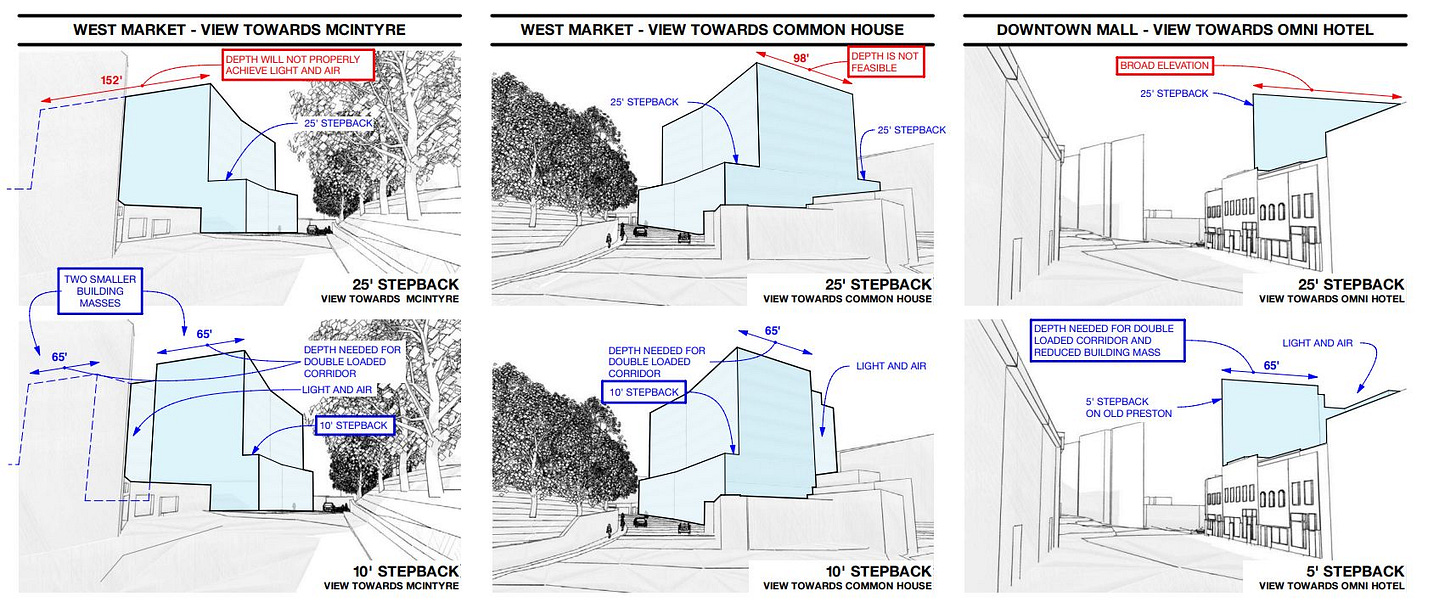
Long also looked ahead to the draft zoning code under review.
“We do note that at least under the draft zoning ordinance it looks like there is not a plan to continue requirements for stepbacks,” Long said. “That being said the existing 25 foot stepback in this zoning district is substantially larger than in any other zoning district.”
The building has not been fully designed and will need a certificate of appropriateness from the Board of Architectural Review.
Three people spoke at the public hearing. One of them was the executive director of the Lighthouse, an educational nonprofit located next door.
“The noise and debris from the build will prevent us from using our studios to teach, our theatre to screen, and our space to make the money we need to operate,” said Deeana Gould. “We have spent over 20 years growing our organization, buying and renovating the Vinegar Hill theater and adding new studios and we are concerned that the noise, debris and dangers of the build will severely disrupt our organization and threaten its financial stability.”
Councilor Leah Puryear noted she was concerned about the impact on Lighthouse and implored the developer to put safety first.
In his remarks, developer Jeffrey Levien reaffirmed that there would be pedestrian access throughout the site between Market Street and Old Preston Avenue. Former Commissioner Liz Russell asked a clarifying question.
“Can you clarify is this pedestrian access something that’s open air?” Russell asked. “Is it like a covered alleyway? What is it exactly?”
“I don’t think we exactly know,” Levien said. “I think right now that’s in our original voluntary condition it was in there as just pedestrian access through. That was it. Until we get into detailed design, I don’t know what that will be, whether it will be covered. Safety and security will be number one.”
The Commission unanimously recommended approval of the changes in stepbacks. The public hearing satisfies the City Council’s requirement to hold one before they are asked to take a final vote.
Commission briefly discusses zoning ordinance
The main impetus for putting out a newsletter today was to make sure the Planning Commission’s most recent public discussion on the zoning ordinance was documented somewhere before the next work session with City Council tomorrow. Turns out, not much was said in the line item on the agenda when it came up.
The brief conversation began with a request from the city’s Housing Advisory Committee to become involved with the discussions about the Sensitive Communities areas. These are sections of the city identified in the Future Land Use Map where there is to be additional care taken to try to prevent displacement. A memo on the topic was distributed as part of module 2.
The Planning Commission declined to adopt a motion to direct staff in part because staff was set to discuss the matter with the HAC at their next meeting. That was held on June 28 and it is unclear if that discussion did take place. There is currently no information about what happened at the meeting available on the city’s website. (take a look)
Now, how long do you think it will take me to write up the zoning discussion for tomorrow? And how long until I get to the preliminary discussions for 104 Stadium Road and 2117 Ivy Road. There’s so much to write about, and with the support of paid subscribers, I’ll continue to attempt to get to it all.
Reading material:
Watch: Charlottesville Inclusive Media tells media colleagues at a national conference why it’s so important to include more people in the news, Charlottesville Tomorrow, July 3, 2023
Thoughts as we conclude #552:
The other day I showed somehow how that when I hit send on one of these newsletters, the Substack app will tell readers immediately that there’s something new to read. The technology that allows that to happen is quite amazing, but also has fueled a general fragmentation of human society. It’s the hope of this newsletter to try to continue to write about a community and bring more people into the conversations that happen at public meetings.
It’s a lofty goal, but so is the idea of America. I may not always implement this work as well as I’d like, but I’m constantly trying to improve my craft. That’s the same way I view this country. An experimental approach suits me, and I’m glad that so many of you are helping to support my journey.
As you may know, Tiny will match your initial payment. And
If you sign up for Ting at this link and enter the promo code COMMUNITY, you’ll get:
Free installation
A second month for free
A $75 gift card to the Downtown Mall

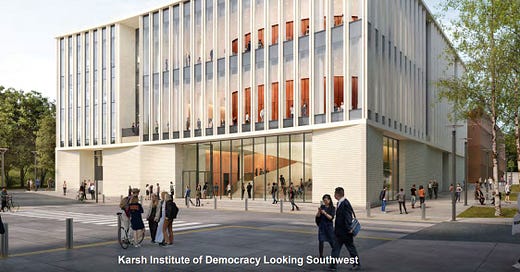



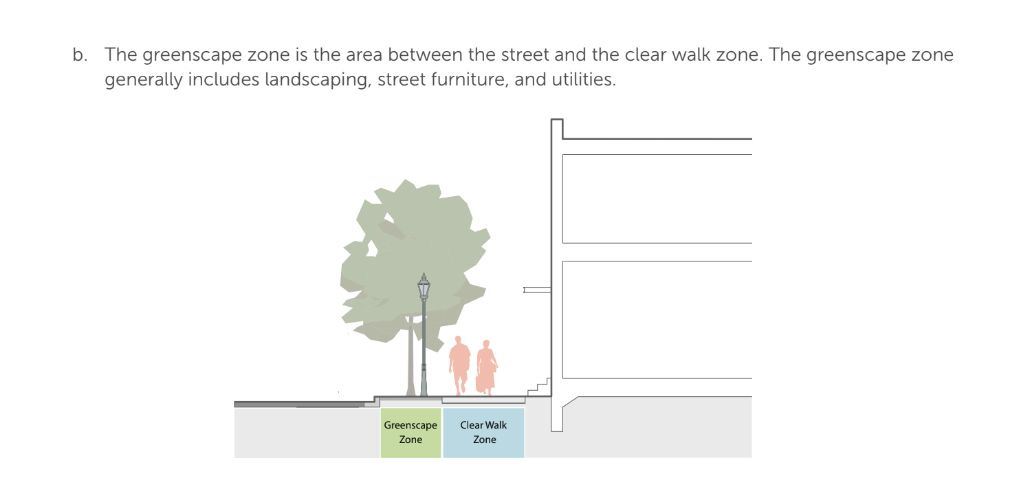
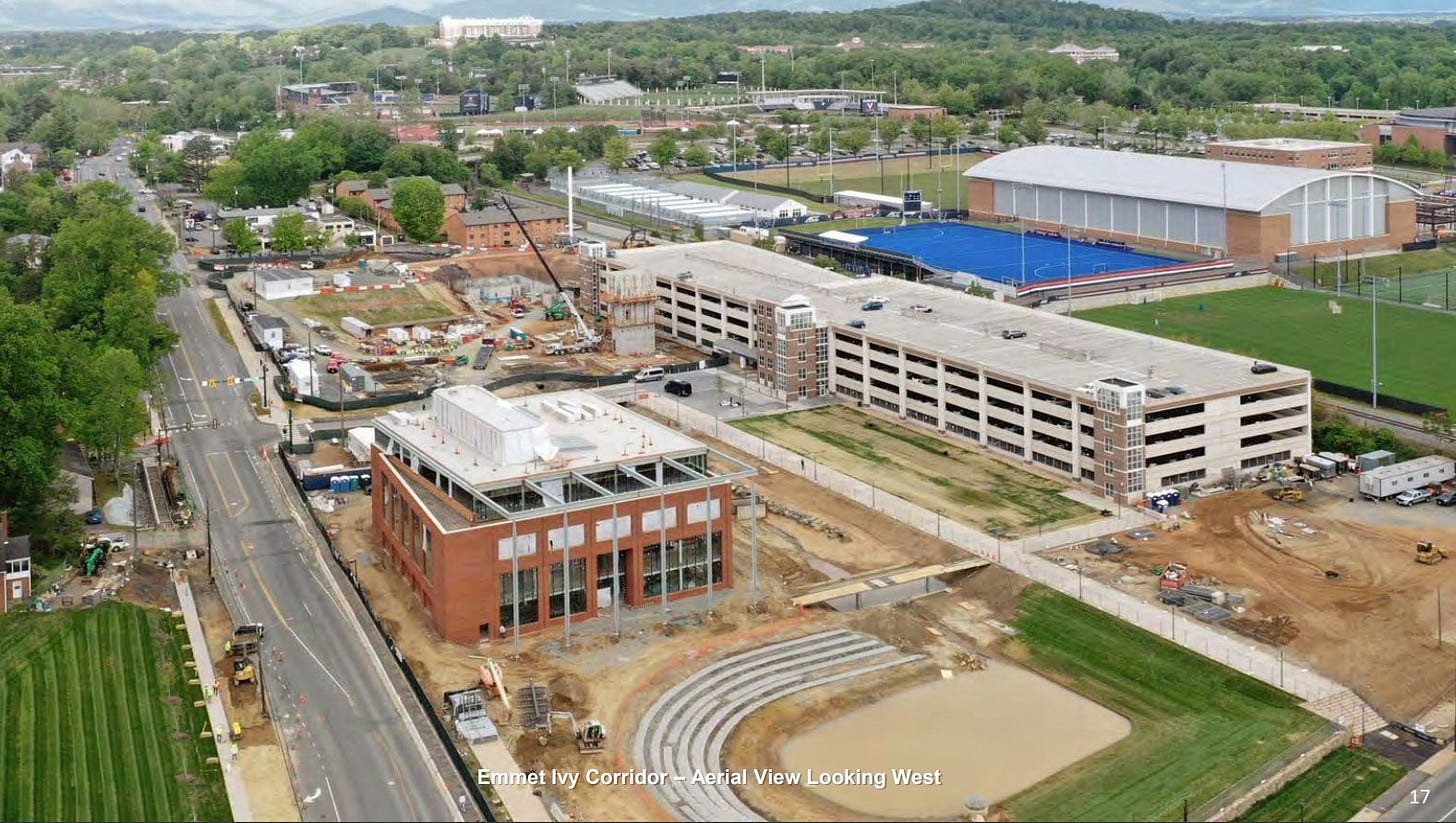

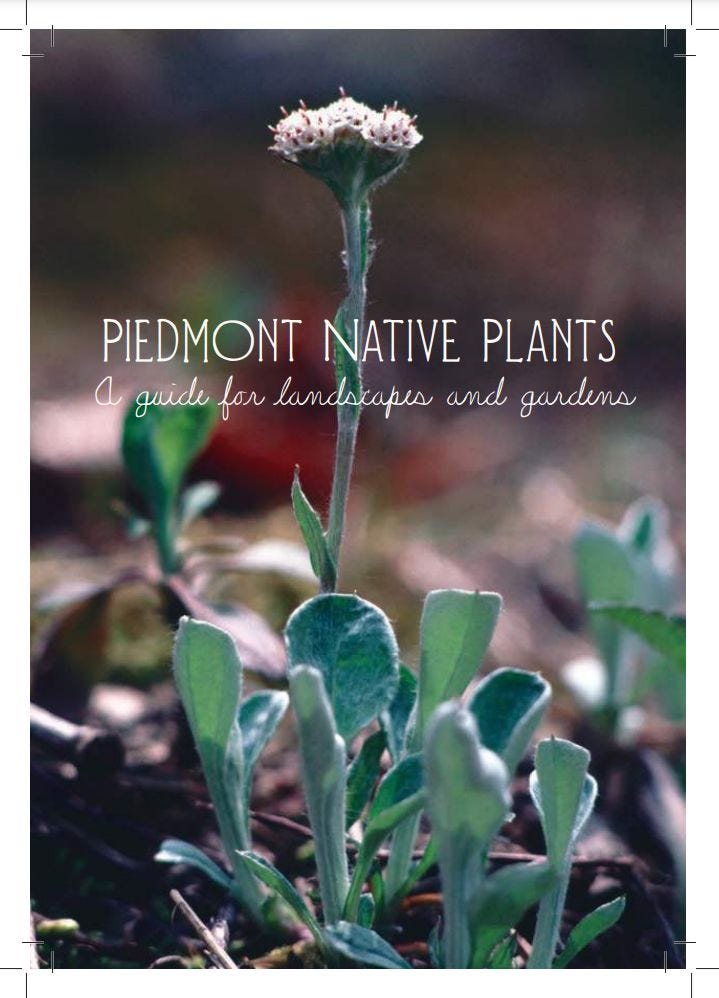










Share this post